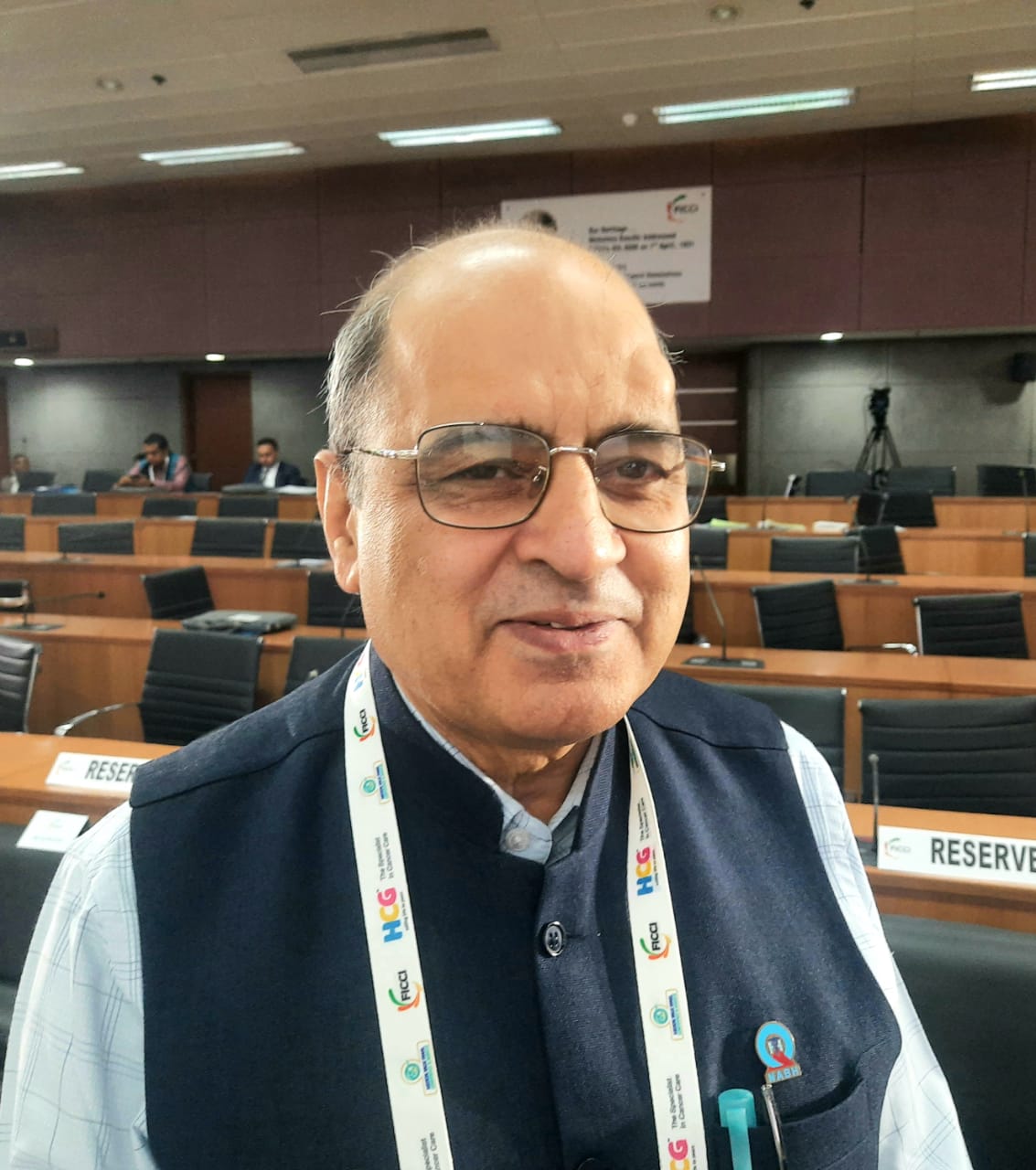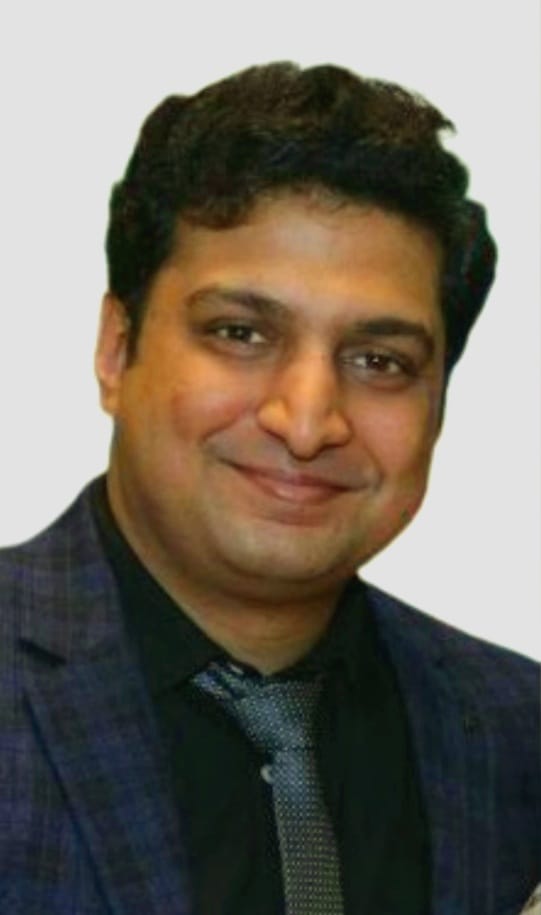Ayurveda, India’s timeless system of holistic healing, is undergoing a powerful resurgence—both at home and abroad. Rooted in centuries of indigenous wisdom, it is rapidly regaining relevance as individuals worldwide seek natural, preventive, and sustainable healthcare solutions. In India, this revival is being actively driven by government-backed initiatives such as the Ministry of AYUSH, the promotion of wellness tourism, the growth of medical value travel, and the seamless integration of Ayurveda with mainstream healthcare systems.
Globally, Ayurveda’s acceptance continues to expand, propelled by yoga’s widespread popularity, surging demand for herbal products, and a growing awareness of lifestyle-related diseases. Yet, despite this upward momentum, the path to global prominence demands more than cultural nostalgia—it calls for strategic policy intervention.
To accelerate Ayurveda’s international growth, India must establish robust policy frameworks. This includes standardizing formulations, ensuring clinical validation through rigorous evidence-based research, and fostering global credibility. Strategic collaboration with international regulatory bodies is critical to developing universally recognized standards for Ayurvedic medicines and practices. Moreover, increased investments in R&D, digital integration, and global certification programs for practitioners will fortify trust and widen access. Importantly, trade agreements should position Ayurveda as a key sector, removing entry barriers and facilitating smoother market access.
With consistent global branding, scientific backing, and forward-thinking policies, Ayurveda can transcend its traditional roots to emerge as a dynamic pillar of global wellness. It holds immense potential not only in advancing preventive healthcare but also in enhancing India’s economic diplomacy on the world stage.
In an exclusive conversation with The Interview World at the FICCI Medical Value Travel Conference, Madhusudan Chauhan, CEO & Director of Jiva Ayurveda, shares his insights on Ayurveda’s evolution in post-COVID India. He delves into the policy shifts needed to strengthen the sector’s foundations, boost competitiveness in global markets, and unlock the promise of medical value travel within the AYUSH ecosystem. From streamlined visa processes to elevated clinical standards, he highlights how India is positioning itself as a premier destination for holistic, high-quality healthcare. Here are the key takeaways from this engaging dialogue.
Q: How is the Ayurveda industry evolving during the post-COVID period in India?
A: Since the COVID-19 pandemic, perceptions around health and healthcare have undergone a profound transformation. For decades, we referred to this space as the “healthcare industry,” yet in practice, we focused largely on disease management rather than true health care. COVID served as a wake-up call. It made people acutely aware that an intervention-only approach is insufficient. Instead, health must be viewed as an integrated ecosystem.
As a result, Ayurveda has gained renewed relevance—not just in preventive and promotive care, but also in managing lifestyle-related, degenerative, and so-called incurable diseases, particularly non-communicable ones. People are beginning to recognize the value of Ayurveda’s holistic, evidence-based interventions. The outcomes are real. The therapies are proven. Consequently, adoption is steadily rising.
During the pandemic, we witnessed a surge in the use of Ayurvedic products and ingredients such as Giloy, Ashwagandha, and other formulations recommended by the Ministry of AYUSH. That initial wave of interest has since matured. Today, consumers are embracing Ayurveda in more stable, long-term applications.
The market has expanded across several verticals: personal care, beauty, healthcare, OTC products, lifestyle solutions, and therapeutic interventions. Notably, a major shift has occurred in the therapeutic segment. The inclusion of Ayurveda in insurance and third-party payment systems has gained significant traction. Although insurance coverage existed earlier, the lack of supportive regulations made it difficult to access. That is changing. Ayurveda is now being increasingly recognized, accepted, and reimbursed, marking a pivotal moment in its mainstream integration.
Q: What policy interventions are needed to strengthen the Ayurveda industry’s foundation and enhance its competitiveness in both domestic and international markets?
A: India’s approach to Ayurveda—both domestically and internationally—must follow two distinct pathways. Within the country, Ayurveda holds legal recognition as a system of medicine. However, in most countries abroad, it lacks that official status. As a result, regulatory frameworks, compliance protocols, and market strategies differ dramatically between the two.
Focusing on India, one of the most pressing regulatory imperatives today is the establishment of quality-driven, standardized, and protocol-based practices in therapeutic Ayurveda. As public adoption of Ayurveda surges, concerns around safety and the credibility of claims have also intensified. It’s critical to ask: are these health claims grounded in rigorous scientific evidence, or are they unsubstantiated assertions?
Unfortunately, misleading advertisements and exaggerated promises continue to surface, eroding public trust. These deceptive practices not only misguide consumers but also tarnish the industry’s credibility, potentially deterring patients from seeking authentic Ayurvedic care. Therefore, building a robust regulatory framework that enforces quality, ensures standardization, and mandates evidence-based protocols is non-negotiable.
Equally essential is the development of skilled manpower. We must strengthen capacity-building efforts across all levels—from educational institutions and medical colleges to continuing medical education for doctors, therapists, and technicians. Training must be comprehensive, covering both production and service delivery aspects of Ayurveda.
Finally, sustained investment in research and development is critical. Here, India has already taken a bold step forward. The establishment of the WHO Global Centre for Traditional Medicine (GCTM) in India—made possible through the visionary leadership of Prime Minister Narendra Modi—marks a transformative milestone. This institution is poised to generate robust scientific evidence, promote data-driven validation, and bridge global regulatory gaps. It will help elevate Ayurveda to a truly global, evidence-backed system of medicine.
Q: What is the potential of medical value travel within the AYUSH sector, and how do you envision its growth in the coming years?
A: AYUSH holds immense potential—not merely as a complementary layer in India’s medical value stack, but as a defining differentiator of the Indian healthcare ecosystem. It’s time we position AYUSH as a strategic advantage that enhances India’s global appeal as a premier destination for holistic medical care.
India must project a unified narrative: that it offers the finest in modern medicine, the most authentic and advanced traditional healthcare through Ayurveda and other AYUSH systems, and a world-class digital health infrastructure. This trifecta—modern medicine, traditional care, and digital innovation—makes India uniquely positioned to meet the full spectrum of global healthcare needs.
Rather than treating Ayurveda as a parallel or secondary offering, we must integrate it into the core of India’s medical tourism strategy. Doing so will not only broaden our appeal but also affirm India’s identity as the only country where cutting-edge science meets time-tested healing traditions under one integrated healthcare umbrella.
Q: How is India enhancing medical value travel through improved medical practices, streamlined visa facilitation, and assurance of high-quality healthcare services?
A: At the WHO Global Centre for Traditional Medicine (GCTM) events, the Government of India announced the launch of a dedicated AYUSH visa—an important milestone that is now actively being implemented. In addition, the introduction of an AYUSH-specific e-visa has made it even easier for international travellers to visit India for purposes such as treatment, wellness, training, or retreats.
This specialized visa does more than facilitate access—it enables the systematic collection of data and insights into AYUSH-driven medical tourism, which until now remained untracked. For the first time, India will be able to quantify the influx of foreign nationals seeking traditional healthcare services, allowing policymakers and industry stakeholders to assess its true impact.
The economic benefits are undeniable. Medical and wellness tourism centred on AYUSH contributes significantly to foreign exchange earnings. Promoting this segment further will not only boost revenue but also elevate India’s position as a global hub for integrative healthcare.
This is India’s unique proposition to the world: a healthcare destination where traditional systems like Ayurveda thrive alongside cutting-edge modern medicine. It is an opportunity we must harness—both independently and through a seamless integration with our broader healthcare infrastructure.








